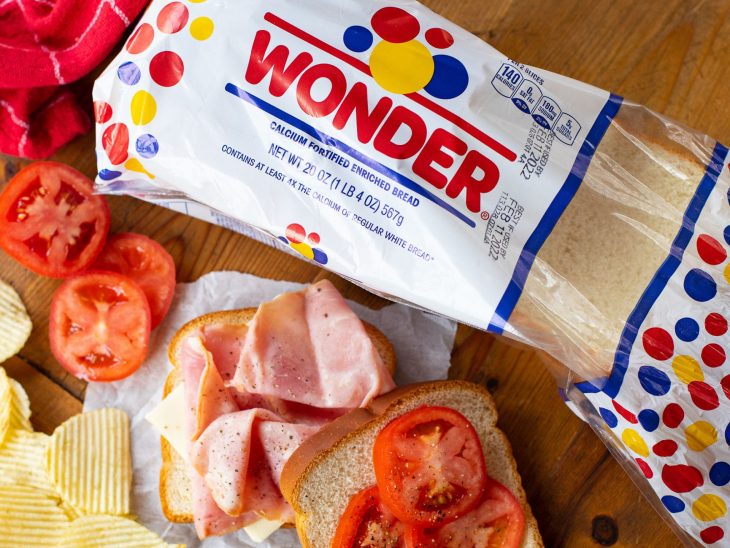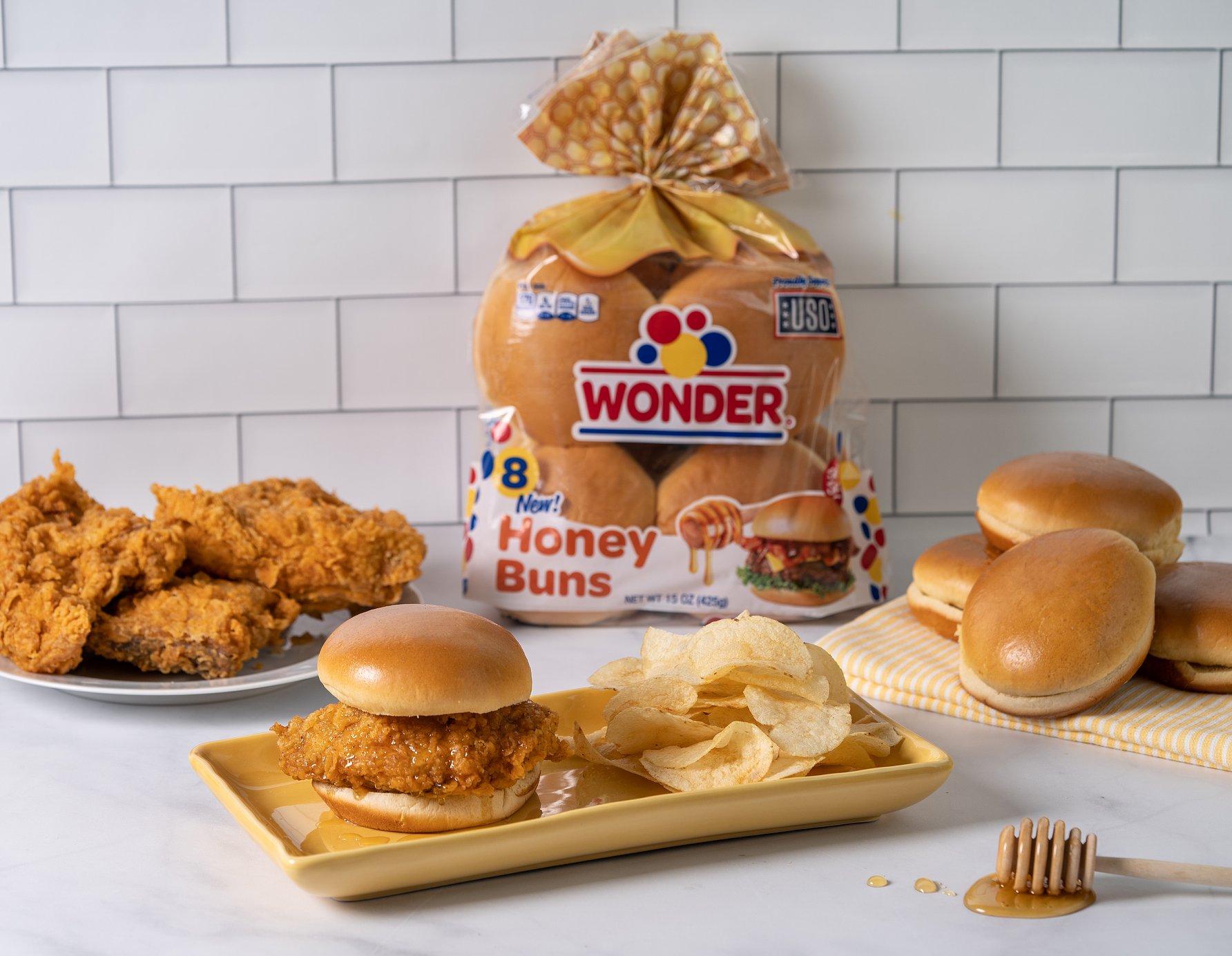
Wonder Bread has been a popular choice for many households, known for its soft texture and versatility. But what exactly is in Wonder Bread? In this article, we will explore 11 nutrition facts about Wonder Bread, shedding light on its ingredients, nutritional value, and how it fits into a balanced diet.
Enriched with Essential Nutrients
Wonder Bread is typically made with enriched flour, which means it has been fortified with essential nutrients. These include B vitamins like thiamine, riboflavin, niacin, and folic acid, which play crucial roles in energy production, metabolism, and overall health.
Source of Carbohydrates
Wonder Bread contains 140 calories per serving (2 slices) and 29 grams of carbohydrates. Carbohydrates are the body’s main source of energy and are important for fueling daily activities. Each slice of Wonder Bread provides a moderate amount of carbohydrates to help keep you energized throughout the day.
Low in Fat
Wonder Bread is relatively low in fat, about 1.5 grams, making it a suitable choice for those watching their fat intake. It can be a part of a balanced diet that aims to reduce saturated and trans fats, which are associated with various health risks.

Limited Fiber Content
One aspect where Wonder Bread falls short is its fiber content. Compared to whole grain bread, which is rich in fiber, Wonder Bread contains less dietary fiber. Fiber is essential for digestive health, promoting regular bowel movements and helping to maintain healthy cholesterol levels.
Moderate Protein Content
While Wonder Bread is not a significant source of protein, it does contain a moderate amount. Protein is essential for building and repairing tissues, supporting the immune system, and maintaining healthy hair, skin, and nails.
Fortified with Iron
Iron is an important mineral that plays a vital role in transporting oxygen throughout the body. Wonder Bread is often fortified with iron, which can contribute to meeting daily iron requirements, particularly for individuals at risk of iron deficiency.
Vitamin D Fortification
Some varieties of Wonder Bread are fortified with vitamin D. This vitamin is essential for the absorption of calcium, promoting strong bones and teeth. However, it’s important to note that not all Wonder Bread products contain added vitamin D, so be sure to check the label if this is a nutrient you’re looking for.
Sodium Content
Wonder Bread typically contains a moderate amount of sodium. Excessive sodium intake can contribute to high blood pressure and other health issues. If you’re monitoring your sodium intake, it’s important to be mindful of the sodium content in Wonder Bread and consider lower-sodium alternatives if necessary.
Potential Additives
Wonder Bread may contain additives such as preservatives and dough conditioners to enhance its texture, shelf life, and appearance. These additives may vary depending on the specific product and country of manufacture. It’s always a good idea to read the ingredient list if you have any specific dietary concerns or restrictions.
Portion Control
When consuming Wonder Bread, portion control is important. It’s easy to overindulge in bread, which can contribute to excess calorie intake. Be mindful of the number of slices you consume and consider incorporating a variety of other nutrient-rich foods into your diet for a well-rounded nutritional profile.

Dietary Considerations and Alternatives
While Wonder Bread can be enjoyed as part of a balanced diet, individuals with specific dietary considerations, such as those with gluten intolerance or celiac disease, may need to opt for gluten-free bread alternatives. Additionally, those seeking higher fiber content may choose whole-grain bread options for a more nutrient-dense choice.
Final Thoughts
In conclusion, Wonder Bread can be a convenient and versatile addition to your diet. It provides essential nutrients, is low in fat, and is fortified with important vitamins and minerals. However, it’s important to be mindful of portion sizes and consider other dietary considerations when making bread choices.
Frequently Asked Questions (FAQs)
Is Wonder Bread suitable for individuals with gluten intolerance?
No, Wonder Bread contains gluten and is not suitable for individuals with gluten intolerance or celiac disease. Gluten-free bread alternatives should be chosen instead.
Are there Wonder Bread varieties that cater to specific dietary needs?
Yes, Wonder Bread offers some varieties that cater to specific dietary needs, such as whole grain or low-sodium options. Always read the labels to ensure you choose the right product for your dietary preferences.
Can Wonder Bread be part of a weight loss diet?
While Wonder Bread can be enjoyed in moderation as part of a balanced diet, it’s important to be mindful of portion sizes and consider overall calorie intake for weight loss goals. Opting for whole-grain bread with higher fiber content may be a better choice for weight management.
Does Wonder Bread contain any artificial colors or flavors?
Wonder Bread does not typically contain artificial colors or flavors. However, it’s always a good idea to check the ingredient list to be sure, as product formulations may vary.
Can Wonder Bread be frozen for longer storage?
Yes, Wonder Bread can be frozen to extend its shelf life. Make sure to wrap it tightly in a freezer-safe bag or container to maintain freshness. Thaw frozen bread slices as needed.
Was this page helpful?
Our commitment to delivering trustworthy and engaging content is at the heart of what we do. Each fact on our site is contributed by real users like you, bringing a wealth of diverse insights and information. To ensure the highest standards of accuracy and reliability, our dedicated editors meticulously review each submission. This process guarantees that the facts we share are not only fascinating but also credible. Trust in our commitment to quality and authenticity as you explore and learn with us.
